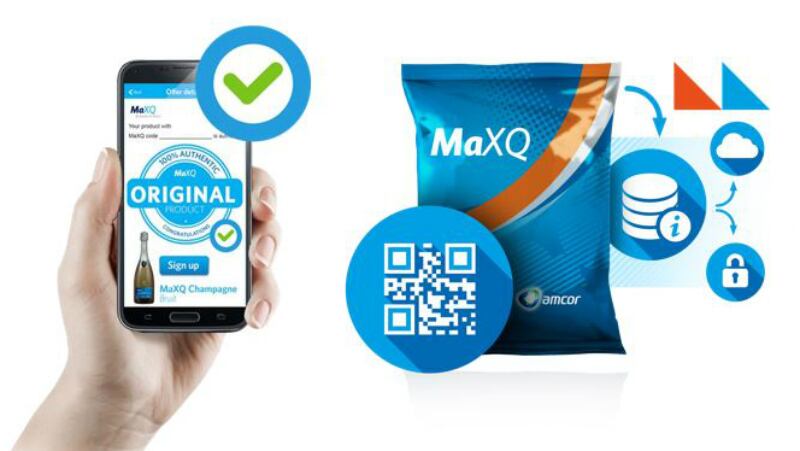The company was originally established in 1899 in Korea as a public, government-owned establishment, and looks to expand the reach of red ginseng, and which it has focused on throughout its 120 years of history.
“Our products are available in over 40 countries, but we focus our factories and R&D in Korea and China,” Korea Ginseng Corp Director of Strategy, Raw Materials and B2B Yao Ying told FoodNavigator-Asia at the recent Fi Asia-China show in Shanghai.
“The main focus of the company is red ginseng and only red ginseng, but we have over 1,000 SKUs targeting just about all demographics and all life stages.”
“China is being targeted to be our second-largest market globally due to its strong potential and being the largest red ginseng producing country worldwide at 70% in total.”
The company sources its red ginseng from the Chilin province in China, also the major source of red ginseng in the country.
Because red ginseng is traditionally consumed for vitality, the firm’s traditional target demographic in the past were elderly or less healthy consumers, but this appears to be evolving.
According to Yao, female consumers are one of the firm’s top target demographics, as evidenced by its development of a product range in this regard that contains cranberry and collagen in addition to red ginseng to promote inner beauty.
“In China, we hope to target the female market here, and so development of this inner beauty product has only been focused here so far,” she said.
Younger consumers are also a main target audience for the company, which is hoping to capture this segment via the development of trendy new packaging that would appeal to youths.
“The market for red ginseng in APAC is quite similar across different countries, as this has been greatly influenced by the Hallyu wave from Korea. The younger generation in particular is party to this, and as such we are looking to bring tradition [via red ginseng] to them by first making our products more [visually appealing],” said Yao.
Within the APAC region, red ginseng consumption is accepted as a cultural food for overall health and vitality, but in Western markets, understanding is more limited to its energy provision functions so the company has had to adapt accordingly.
“This is in line with our product localization strategy – in Japan, we launched products containing placenta or enzymes, and in the United States we focused on red ginseng coffee and energy bars to suit local tastes.”
Health benefits
Korean Ginseng Corp’s red ginseng products are all recognized by the Korean Food and Drug Agency (KFDA) for bringing a raft of benefits including boosting immunity, fighting tiredness, anti-oxidation, improving memory and blood circulation, as well as fighting menopausal symptoms.
This is in addition to its traditionally-recognised vitality and energy-boosting properties.
“We have also developed products according to female consumers’ hormone changes throughout their life cycles, so as to best balance their biological needs and prevent negative symptoms,” added Yao.
Health and beauty
The eventual goal for Korea Ginseng Corp is to establish itself as a Health & Beauty (H&B) company, said Yao.
“H&B is our vision for the future, [and] also the motivation behind our drive to develop red ginseng from a mere functional food into a functional snack that is tasty, functional and convenient,” she said.
Some examples of the firm’s functional snacks are its red ginseng stick pouches, which are also its best-selling format.
“We have many variants of our stick pouch products, from pure 100% red ginseng extract for energy, to having honey added to this for a better taste, to our best-selling red ginseng pomegranate juice variant for inner beauty and anti-oxidation,” she said.
In a single month, sales of the red ginseng pomegranate juice variant reached 20,000 to 30,000 boxes online, and 6,500 a day in duty-free shops.
One box of red ginseng extract stick pouches containing 30 pouches retails at RMB360 (US$52.4) in China.





